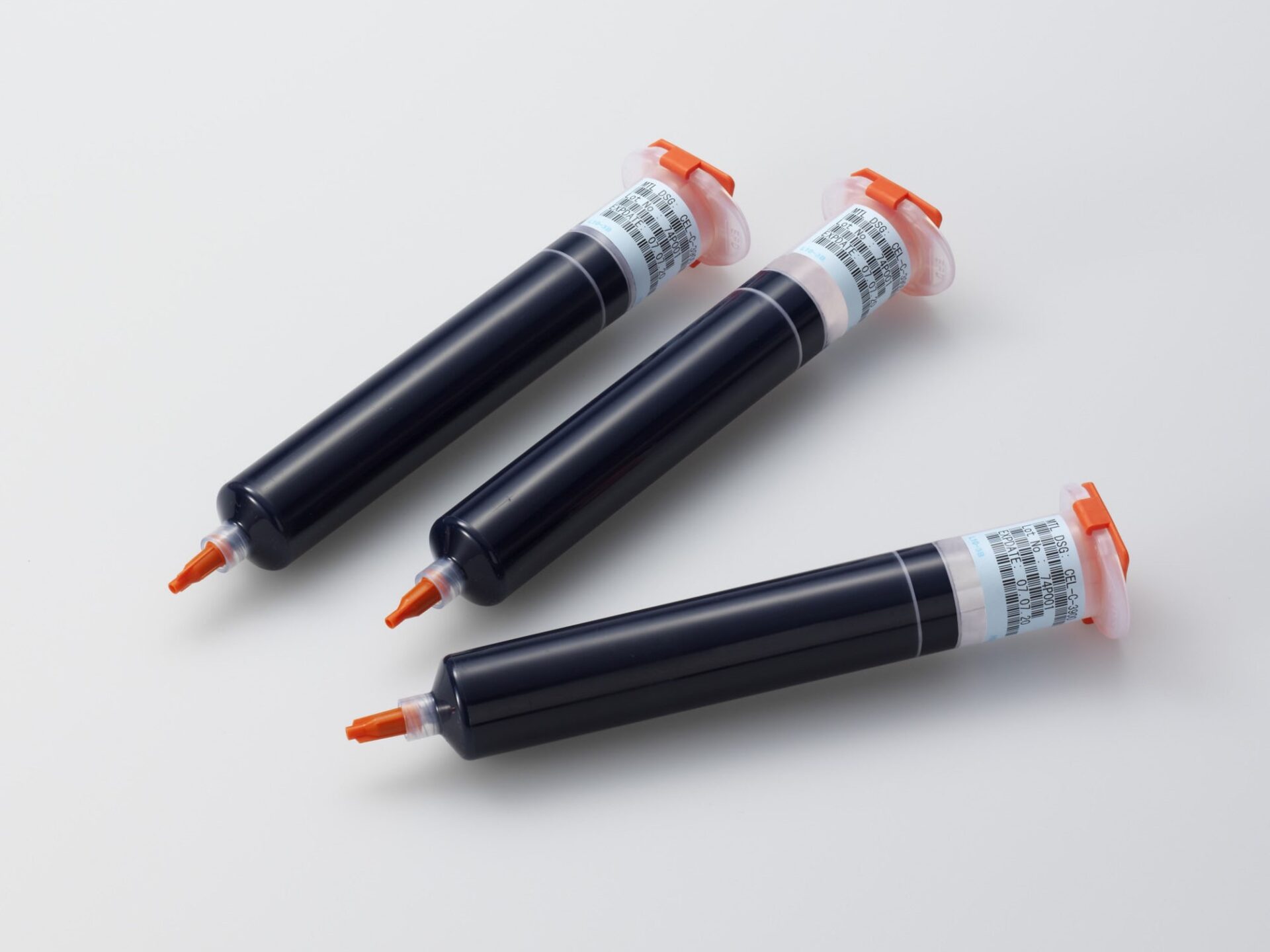November 06, 2024
Resonac Corporation (President: Hidehito Takahashi, hereinafter referred to as “Resonac”) is pleased to announce that validity of the Japanese patent for its liquid sealing material for semiconductors (Patent No. 7343977) was upheld by the Japan Patent Office on June 19, 2024, despite a third-party’s objection against validity of the patent. Technologies covered by the patent contribute to enhancing performance of leading-edge semiconductor packages for AI (Artificial Intelligence) applications, which are expanding in size. Resonac started to sell the liquid sealing material adopting technologies covered by the patent in October 2024, and has been seeing increasing adoption of the product.
With the rapid advancement of AI technology in recent years, there is a growing demand for processors capable of high-speed computations and semiconductor memory that can process large volumes of data instantaneously. To meet these demands, leading-edge semiconductor packages are increasingly incorporating integration of chips with diverse functions and 3D stacking of multiple chips, enabling faster and more efficient electronic signal exchanges. Chips for these leading-edge semiconductor packages and interposer substrates*1 connect to the package board via small bump electrodes. Therefore, there are gaps between the interposer substrates and the package board. The gaps between these connections are filled with liquid sealing material to protect the semiconductor package against temperature and humidity variations as well as mechanical stress.
Furthermore, leading-edge semiconductor packages mentioned above tends to expand in size due to heterogeneous chip integration and 3D stacking of multiple chips. Thus, liquid sealing materials for larger packages are required to have high functions such as: 1) high reliability against thermal histories such as temperature cycles and reflow*2, and 2) low viscosity with extended usability time for improved workability.
Liquid sealing materials consist of multiple materials including resins, curing agents and rubber particles. By applying its original technologies to synthesize resins and formulate raw materials, Resonac has created a liquid sealing material that surpasses its previous products in post-curing fracture toughness*3 and adhesion, while also offering excellent workability. Resonac obtained a Japanese patent for this invention in 2023. Following a third-party objection against validity of this patent, which was filed in February 2024, the Japan Patent Office conducted a thorough examination and confirmed the patent’s validity on June 19, 2024.
Resonac has also patented technologies covered by the Japanese patent in the United States, China, South Korea, and Taiwan*4, considering their applications in the global market.
Resonac is committed to actively leveraging its intellectual assets related to proprietary technologies to change society through the power of chemistry.

*1. An interposer substrate is a sub-board used to connect chips with diverse functions via wiring and through-electrodes to the package substrate.
*2. Reflow is a process that connects components by welding at high temperatures, enabling the transmission of electrical signals.
*3. Fracture toughness is the resistance to fracture when a material with cracks or crack-like defects is subjected to mechanical loads.
*4. Japanese Patent No. 7343977, U.S. Patent No. 11059966, Chinese Patent No. ZL201780025782.6, Korean Patent No. 10-2504140, Taiwanese Patent Nos. I692503 and I737245.